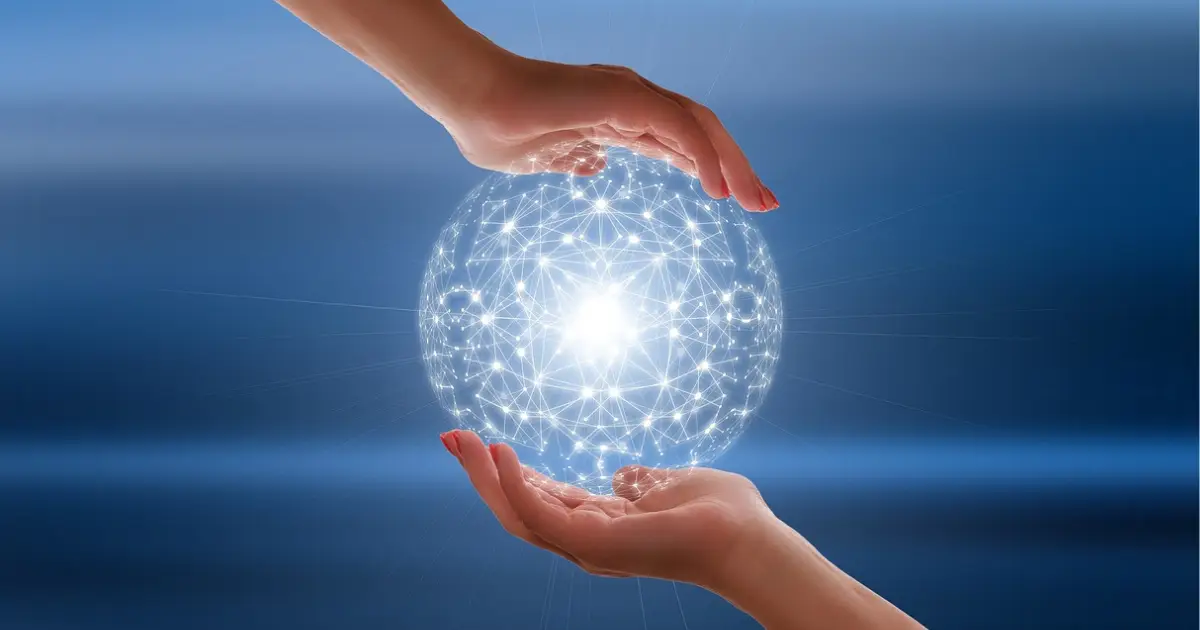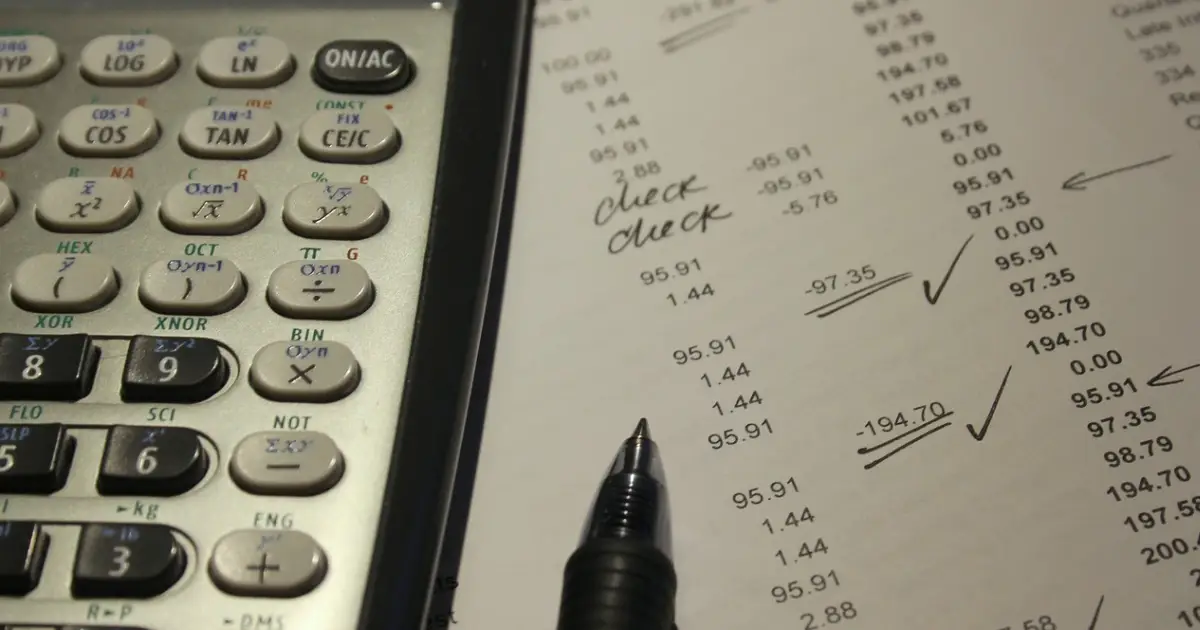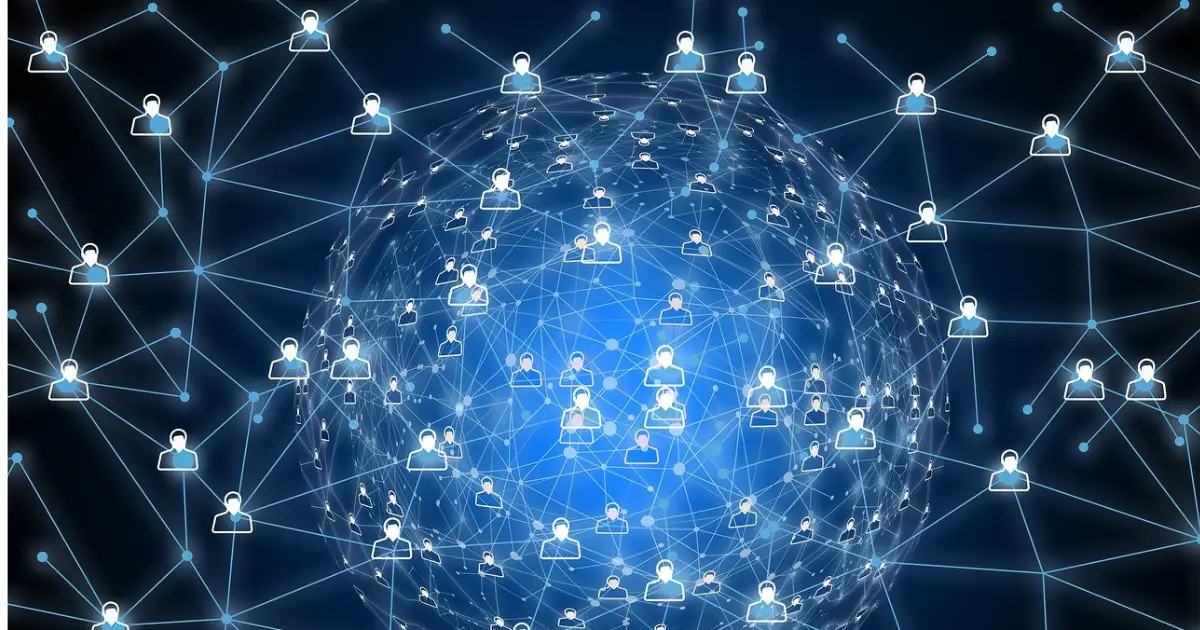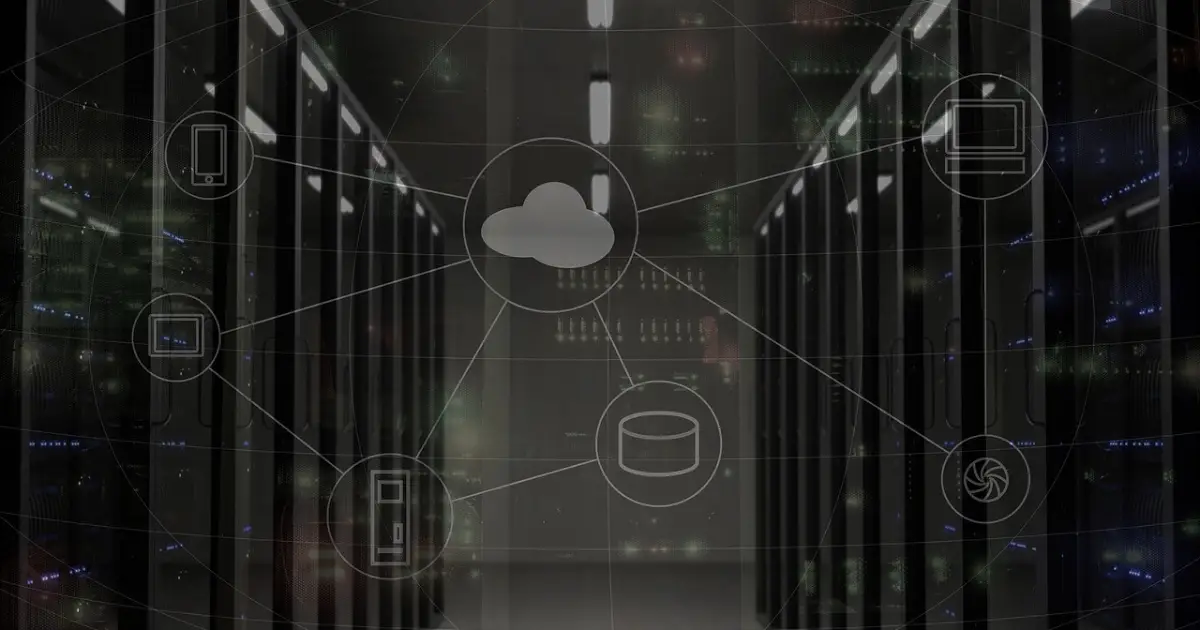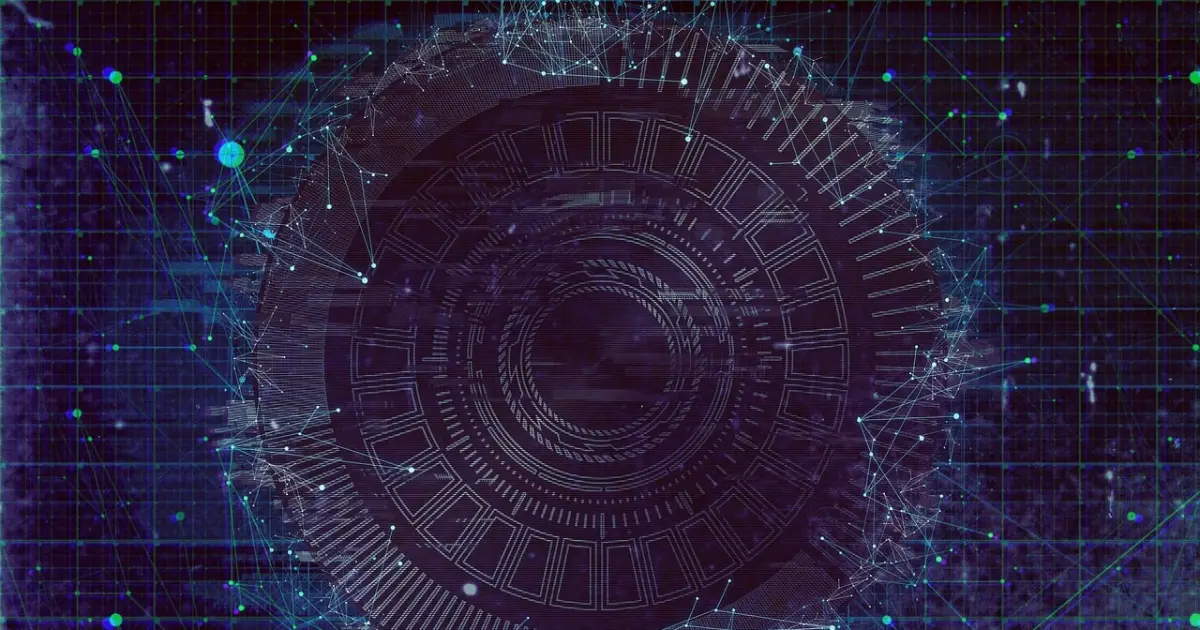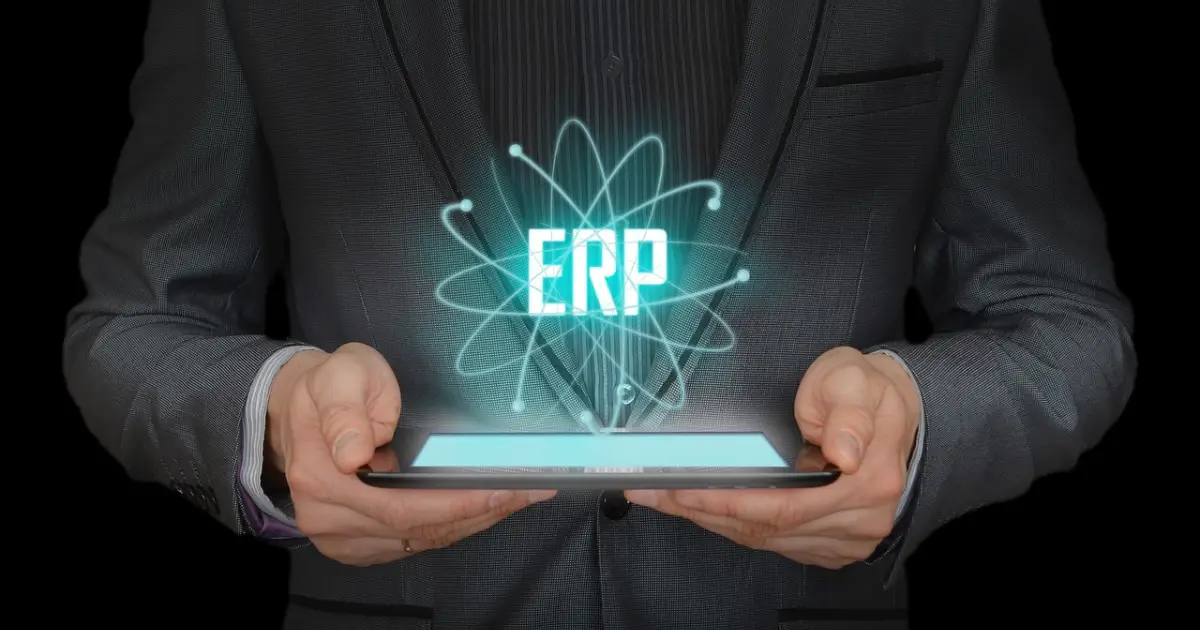focus notes


What is an IoT system? Explaining how it works, the background to its popularity, what it can achieve, and examples of its implementation
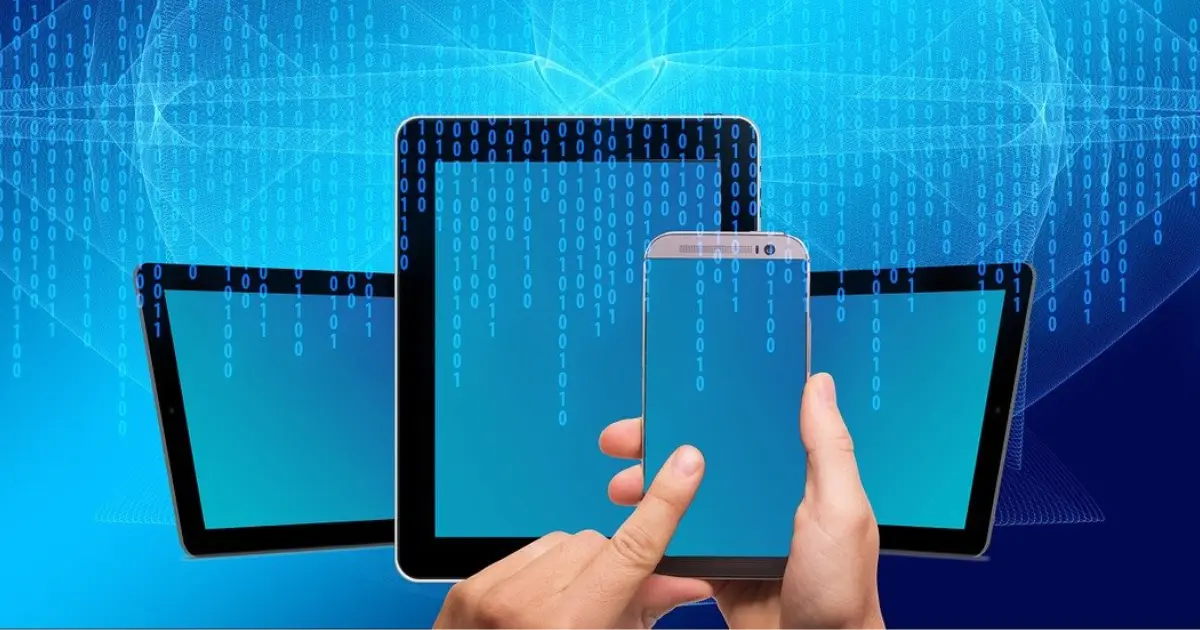
table of contents
"I've heard of IoT systems, but what are their benefits?"
"What is IoT anyway?"
Many people considering introducing IoT may have the above concerns. The automation and efficiency improvements achieved through IoT systems are being used to solve a variety of corporate issues, such as overcoming labor shortages and reducing the burden on employees.This technology is being used in a variety of fields, including manufacturing and medicine, and may lead to the emergence of even more new services in the future.
This article explains how IoT systems work, the background to their popularity, their main components, what IoT systems can achieve, and examples of their implementation. Please read this article if you want to deepen your understanding of IoT systems.
What is an IoT system? Explaining how it works and the background to its popularity
We will explain what an IoT system is from the following three perspectives.
- What is an IoT system?
- How IoT works
- Why IoT systems are becoming more popular
What is an IoT system?
An IoT system is a system that uses IoT technology (technology that connects devices to the Internet and enables them to collect and exchange data).In Japanese it means the Internet of Things.
In IoT systems, communication devices are embedded in things, enabling a variety of things that were not previously connected to the Internet to be connected to the Internet. By connecting to the Internet, it is possible to grasp the status of things in remote locations in real time.
IoT systems have become widespread in ordinary households and are being incorporated into everyday objects, such as the following:
- tv set
- illumination
- rice cooker
- refrigerator
- Air conditioning
- monitoring camera
- smart lock
- Wearable devices
- drive recorder
- Autonomous driving assistance function
Now that everything can be controlled via the Internet, the convenience of home appliances and other products we use in our daily lives is improving.
It is also used in commercial equipment and is a technology that is active in a variety of fields, as shown below.
- manufacturing
- construction
- medical care
- Agriculture
- logistics
- Eating and drinking
- retail
- traffic
- infrastructure
- education
IoT systems are also being used to solve business problems, such as streamlining and automating operations. Examples of this will be described later.
How IoT works
IoT is a system that uses sensors to collect data such as the movement and status of objects, and then operates according to instructions via the Internet.The following are the components used to build an IoT system:
What is used | role |
|---|---|
Equipment (sensors) | collect data |
network | Connect devices, servers and clouds |
gateway | Data entry and exit points |
Server Cloud | Accumulate, analyze, and process data |
application | control the system |
We will go into more detail later, but sensors attached to devices can collect data about the environment around the device, such as sound and light, as well as the movement of objects. There are various types of sensors, such as cameras that capture images and sensors that detect pressure, and sensors are installed according to the information you want to collect.
The collected data is stored on a server or in the cloud via the Internet. The gateway is the entry point for the data.
Based on the data that is stored, analyzed, and processed on servers or in the cloud, IoT devices are controlled by dedicated applications. This is how IoT works.
Why IoT systems are becoming more popular
The main reasons why IoT systems have started to become popular are "increasing social needs and lower prices of devices due to technological innovation."In fact, a document published by the Ministry of Internal Affairs and Communications states the following:
Communication between devices made possible by IoT, known as M2M (Machine to Machine), has been attracting attention since around 2000 in some applications such as telemetering (reading measuring instruments using communication technology) and sensor networks, but it has not become explosively popular. Why is IoT/M2M attracting attention again now? The reasons include the need aspect such as societal demands and the seed aspect such as the reduction in device costs.
Source: Ministry of Internal Affairs and Communications | Changes in economic structure brought about by the advancement of ICT | Page 293 (as of January 19, 2024)
In terms of social needs, there are growing expectations for IoT solutions to address social issues such as natural disaster prevention, security due to aging infrastructure, and improving productivity.
On the technological side, the development of IoT is being driven by factors such as the falling prices and increasing functionality of various sensors and communication modules, the reduction in implementation costs due to the spread of platform-based and cloud-based services, and the diversification of applications.
It is expected that technology will continue to advance in the future, and the spread of IoT may accelerate accordingly.
Cloud and more! Main components of IoT systems
Of the mechanisms mentioned above, we will explain the following three as the main components of an IoT system.
- Device with attached sensor
- network
- Cloud
Device with attached sensor
One of the components of an IoT system is equipment equipped with sensors.In an IoT system, sensors attached to devices detect the movement and status of things and collect data. The main data that can be collected by the sensors used are as follows:
- light
- sound
- temperature
- pressure
- Movement of goods and people
- Video/Image
- acceleration
These data are collected by sensors and stored. IoT systems are systems that can utilize the data collected by sensors by processing it. Without sensors, the necessary data cannot be collected and the system cannot be used. It can be said that sensors are a very important element of IoT systems.
network
The network is also one of the components of an IoT system.The network allows sensors to communicate and share the data they acquire.
In an IoT system, data acquired by sensors is stored in the cloud, which will be described later. Therefore, a network that can connect to the Internet is essential to store data in the cloud.
Furthermore, to process and utilize data, the cloud and applications must be connected via a network. Applications process, analyze, and utilize data shared over the network.
Cloud
The cloud is also an essential component of an IoT system.The data acquired by the sensors is stored and accumulated in the cloud.
In order for the IoT system to use data acquired by sensors, the data must be stored in a form that allows it to be used via the Internet. For this reason, the system stores data in the cloud, which is accessible via the Internet, and allows the necessary data to be used when needed.
Another reason why the cloud is essential for IoT systems is that it can store collected "big data." Big data refers to a wide variety of data.
Because of the need to store a huge amount of data, there is a risk that traditional servers will not be able to secure sufficient resources. With the cloud, resources can be increased in line with the amount of data, making it possible to store sufficient data.
Explaining what can be achieved with IoT systems
There are three main things that can be achieved with an IoT system:
- Remote control
- Remote monitoring
- Sharing data between things
Remote control
The introduction of IoT makes it possible to control things remotely.Since it can be operated via the Internet, people can operate devices by giving instructions to objects.
For example, if your home air conditioner is an IoT device, you can control it through your smartphone. This allows you to turn it off when you forget to turn it off while you're out, or turn it on before you get home.
In addition, in factories, equipment can be operated remotely, and any abnormalities can be dealt with remotely. For example, when a malfunction occurs in factory equipment, in the past, there were many cases where the person in charge had to go to the site in person. By allowing remote operation with IoT devices, the person in charge can deal with the problem through the device without having to go to the site. This will lead to more efficient operations and a reduction in the burden on the person in charge.
Remote monitoring
Remote monitoring is also one of the things that IoT can make possible.The installed sensors can detect the status of objects in real time.
As mentioned above, IoT devices are equipped with sensors tailored to their purpose, such as sensors that collect information about the device's surroundings, such as sound and light, or sensors with camera functions. The data collected by the sensors is accumulated, making it possible to understand and analyze the condition of things based on that data.
It is also possible to monitor people's movements and collect data. For example, by monitoring the movements of workers in a warehouse and digitizing them, it is possible to find processes with poor work efficiency or areas with poor transport routes. The collected data can be used to solve problems and improve work efficiency.
Sharing data between things
IoT also allows things to share data with each other.Because they are connected to the Internet, things can send and receive data between each other.
For example, an IoT device that can detect vital signs, as mentioned above, can transmit the detected data from the IoT device worn by the patient to a device operated by a doctor. If there is an abnormality in the numerical values of the acquired data, a warning can be automatically issued to the doctor's device.
In addition, in the retail industry, when a device with a specific application installed is near a store, sales information can be automatically sent, making it possible to pinpoint sales to people with smartphones that have the store's app installed.
In this way, IoT devices can automatically respond without direct human judgment, making it possible to automate tasks that would otherwise be extremely time-consuming and labor-intensive for humans to handle.
How to use it? Explaining the implementation examples of IoT systems
We will explain examples of IoT system implementation.
- Smart City/Smart Home
- smart factory
- Wellness
- vending machine
Smart City/Smart Home
There are cases where IoT has been introduced to solar power generation and home appliances as part of smart cities and smart homes.The Ministry of Internal Affairs and Communications' White Paper on Information and Communications states the following:
In the smart city/smart house field, efforts have been made to utilize ICT to grasp power usage and to create environmentally friendly homes. In particular, smart houses that utilize an energy management system called HEMS (Home Energy Management System) to centrally manage home appliances, solar power generation, storage batteries, etc., have been attracting attention as interest in environmental issues increases. Recently, in addition to energy management, proposals have been made to control IoT home appliances using the voice assistant function of AI speakers and to use IoT in home appliances to create new lifestyles (such as the ability to grasp the amount of products remaining in the refrigerator and automatically order products).
Source: Ministry of Internal Affairs and Communications | FY2018 Information and Communications White Paper Recent trends in the use of AI and IoT (as of January 19, 2024)
*Although it is referred to as a smart house above, a home that incorporates IoT is generally called a smart home.
The first thing that is mentioned is energy management efforts, such as understanding and managing power usage. Understanding power usage allows you to check whether you are wasting electricity or whether there are areas where you can reduce it.
In addition, if you manage solar power generation and home appliances in a centralized manner, you can keep track of the amount of electricity consumed and the amount of electricity generated by solar power generation, making energy management easier.
In addition, IoT home appliances are being incorporated into smart homes. There are a variety of IoT home appliances, including AI speakers that can be operated by voice and refrigerators that know what food is in the cabinet and automatically order what you need. The introduction of IoT systems will enable you to build a new lifestyle.
smart factory
There are examples of smart factories that have introduced IoT into their factories.
○International standardization of communication standards
○Share and analyze data in real time with the supply chain and customers
○ Enables equalization of equipment utilization rate, high-mix low-volume production, early detection of abnormalities, demand forecasting, etc.
Source: Ministry of Economy, Trade and Industry | Reference materials collection ① Advanced examples from Japan and abroad | Page 13 (as of February 21, 2024)
The above is an example from Germany, but the unification of communication standards will make it easier to create new technologies and services, which will be a driving force for innovation. Furthermore, by utilizing real-time data sharing, we can expect to see more efficient inventory management, demand forecasting, and delivery throughout the supply chain. The fusion of real-time data and advanced analytical technology will also enable small-lot, high-mix production.
Wellness
In the health-related wellness field, IoT is being used for detecting vital signs, among other things.The Ministry of Internal Affairs and Communications' "Information and Communications White Paper" states the following:
In the wellness field, devices that every household had, such as thermometers and blood pressure monitors, are now increasingly being owned by individuals as wearable devices. Due to their high compatibility with IoT, many products and services have appeared, including not only wristwatch-type devices such as smartwatches, but also various types such as shoes and clothing. By using these, it is possible to keep track of the number of steps taken, distance traveled, calories burned, blood pressure, sleep time, and quality of sleep, and information can also be checked on a smartphone, etc. Not only are more and more people taking an interest in these devices as health consciousness grows, but they are also attracting attention from the perspective of companies for employee health management and society for reducing medical costs.
Source: Ministry of Internal Affairs and Communications | Information and Communications White Paper Recent trends regarding the use of AI and IoT (as of January 19, 2024)
As mentioned above, the miniaturization of IoT devices has led to the appearance of wearable devices that can be easily worn, such as smart watches and smart bands. Some devices have sensors built into clothing, and IoT systems that can detect vital signs are being increasingly introduced into these wearable devices.
Vital signs are information necessary for health management, and mainly include the following information:
- blood pressure
- Body temperature
- pulse
- Respiratory rate
This information will be collected by sensors, allowing doctors and patients to check their physical condition at any time. This will allow doctors to provide treatment and guidance based on the data. If any abnormalities are found, detailed examinations can be conducted, which could lead to early detection of illness.
Companies can also use it to manage the health of their employees. Being able to accurately grasp the state of one's body makes it easier to manage one's health. The introduction of IoT systems is expected to make it easier to maintain good health and lead to reduced medical expenses.
vending machine
There is a case where an IoT system has been introduced to a vending machine that allows hometown tax donations.The functions of the IoT Hometown Tax Vending Machine are as follows.
Make your hometown tax donation using the IoT Hometown Tax Donation Vending Machine and receive gift certificates and points that can be used at local facilities.
The company has UNIOSS (patented), which automates interactions with local governments, and the vending machines work in conjunction with it.
You can also have gifts sent to your home from the vending machine, but you can also enjoy a hotel stay, a meal, golf, etc. in the city or town on the same day you make your hometown tax donation. (Patent pending)
Source: Digital Agency | IoT Hometown Tax Vending Machine (as of January 19, 2024)
This vending machine allows anyone who visits the town to easily make hometown tax donations. When you make a hometown tax donation through this vending machine, you will instantly receive a gift certificate that can be used in the local area.
Another unique feature of this vending machine is that it incorporates a system that acquires personal information based on the My Number card and automates the creation and issuance of necessary documents. Simply hold the My Number card over the vending machine to acquire the necessary information. The vending machine is connected to a unique network, and can automatically issue hometown tax donation-related documents based on the acquired information. The introduction of the IoT system will likely significantly reduce the amount of work required for procedures.
summary
IoT systems are a mechanism that connects things to the Internet and are used in a variety of fields.Not only can things be remotely controlled and monitored via the Internet, but things can also communicate with each other. This means that IoT devices can now carry out tasks that previously required time and effort from humans.
The data can also be used to identify problems and develop solutions. IoT systems have been introduced in a variety of fields, including infrastructure and medicine. Problems that were previously difficult to solve may now be solved by connecting things to the Internet.
If you are having trouble introducing or utilizing IoT, please feel free to contact us.
Achievements left behind
48 years since its establishment.
We have a proven track record because we have focused on what is important.
It has a long track record in both the public and private sectors.
Number of projects per year
500 PJ
Annual number of business partners/customers
200 companies
Maximum number of trading years
47 years
Total number of qualified persons
1,870 people

